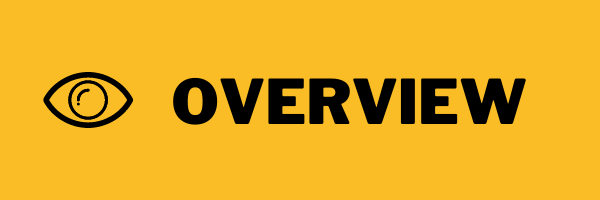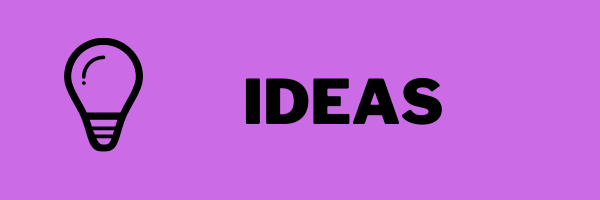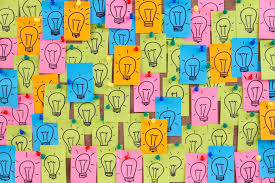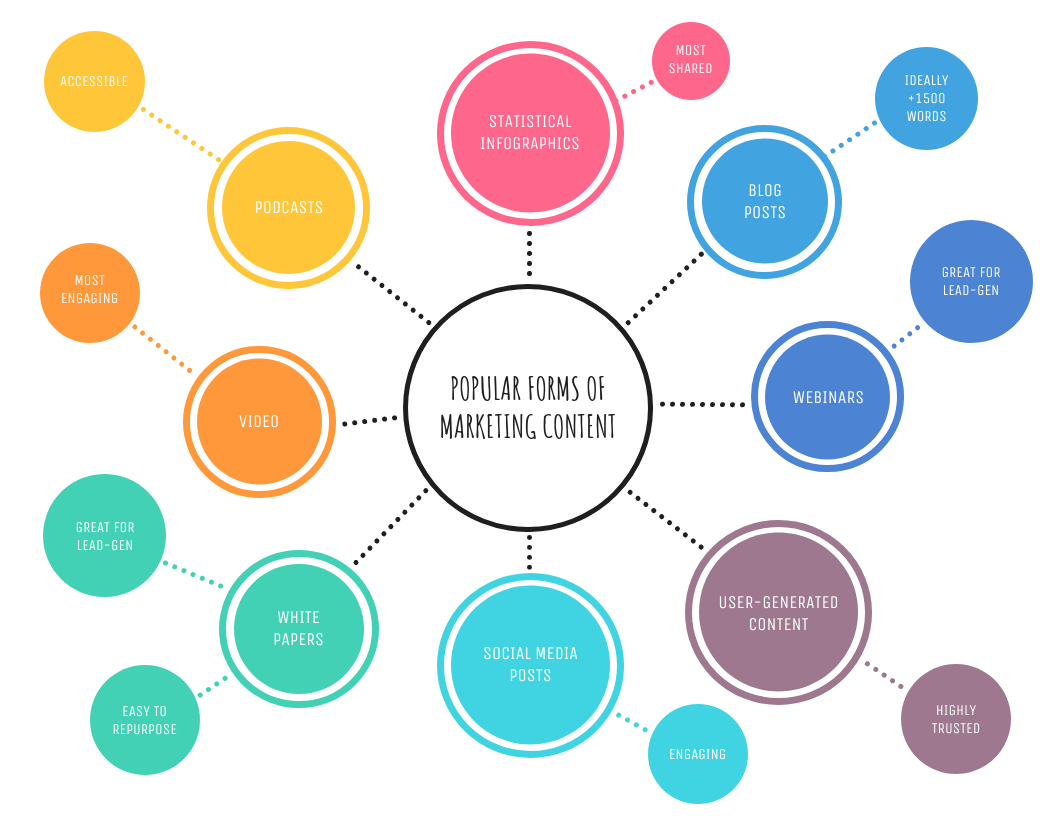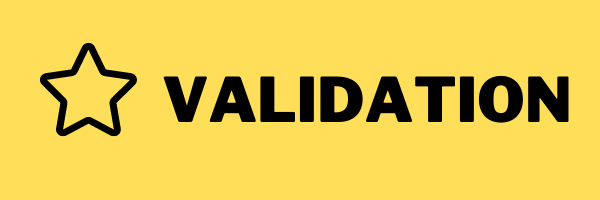Ancient Empire
By: Alexa Spruit
By: Alexa Spruit
Project at a Glance :
This project is designed for a World History unit on Ancient Empires. It introduces students to the Han Dynasty of China and asks them to determine the key contributions that Han China made which are still relevant to the world today.
Driving question:
How can our class creatively educate others about the impact Ancient Han China has had on World History?
|
Standards:
|
Stakeholders:
|
Incubation:
|

Solution building:
|
Authentic Audience:
|
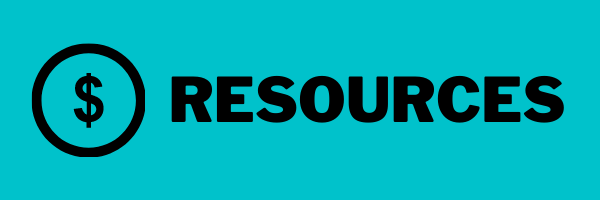
|
